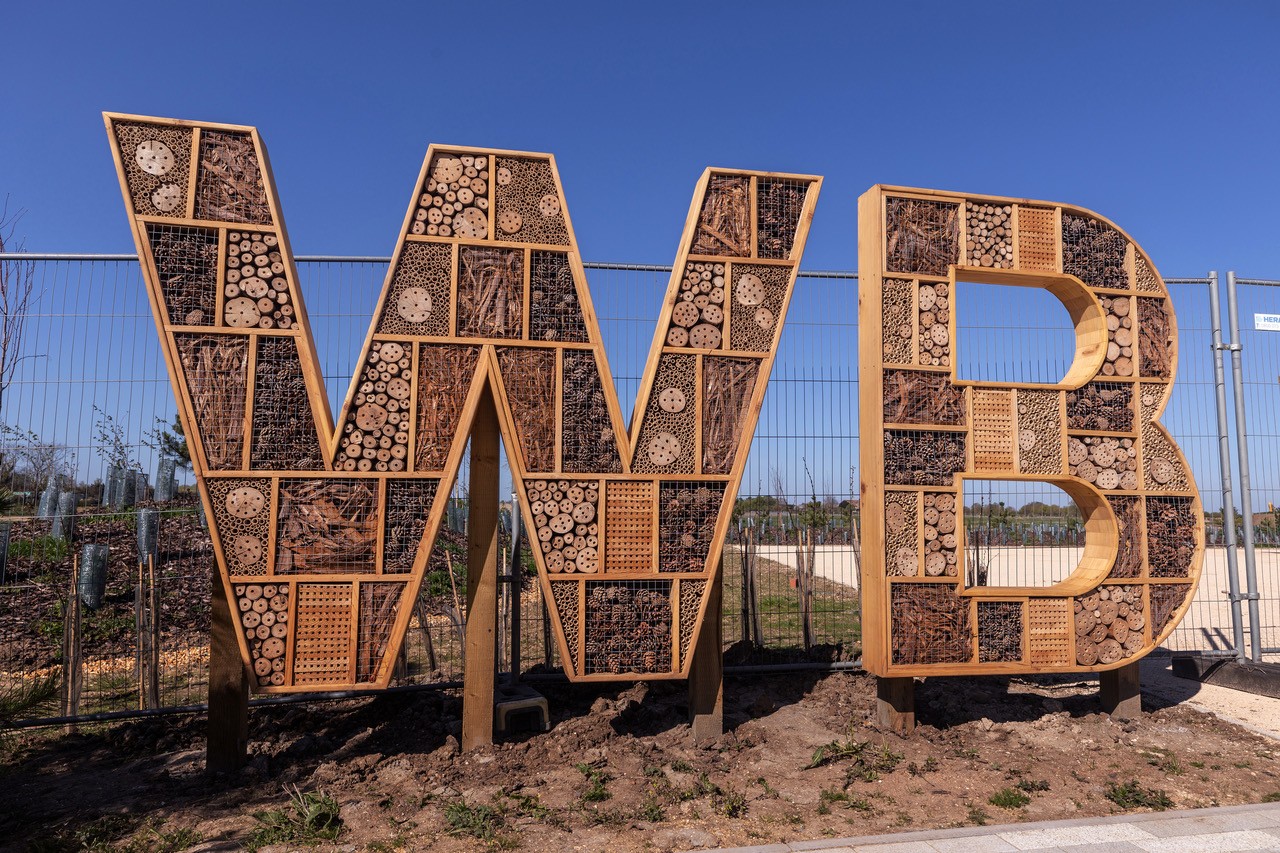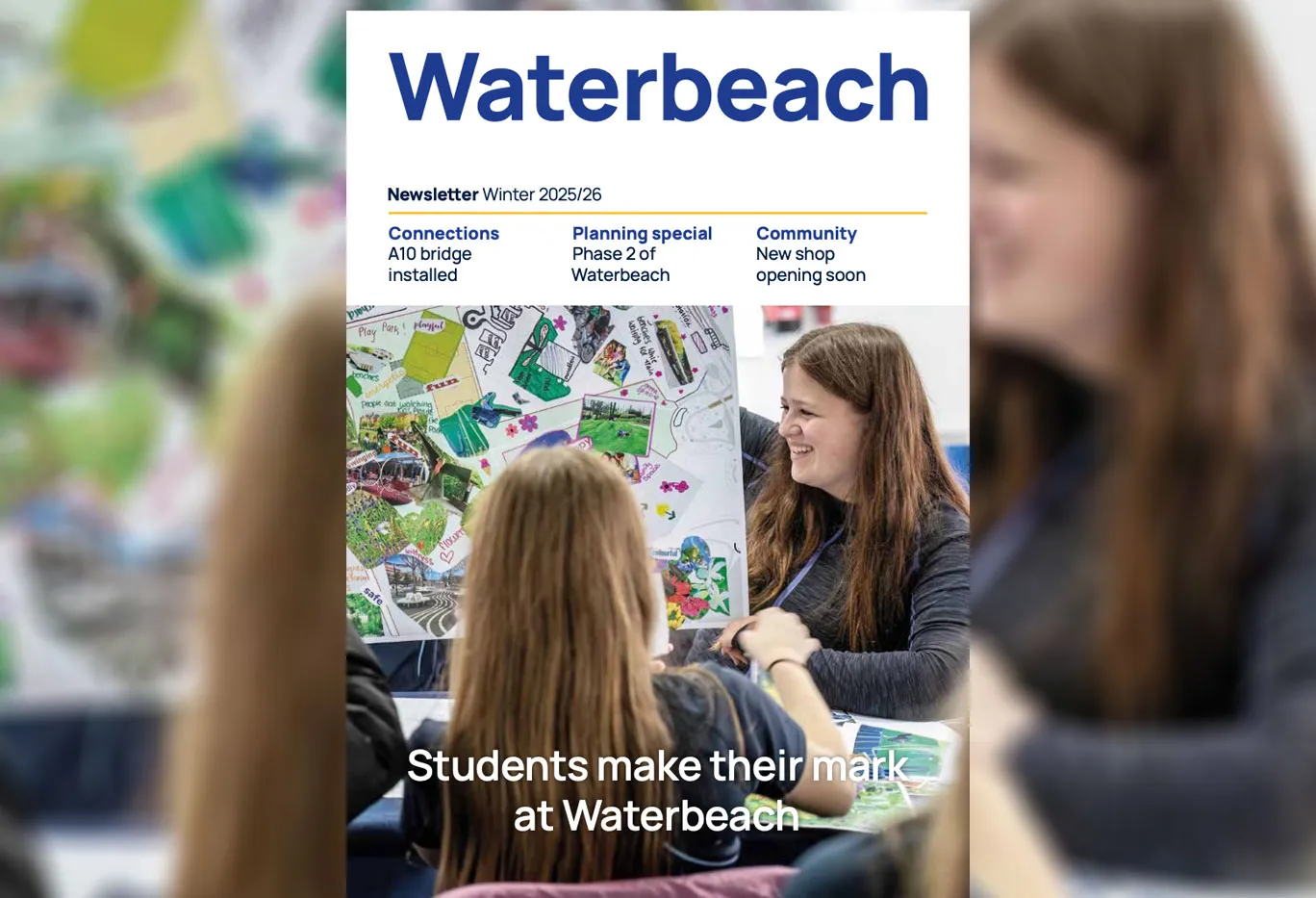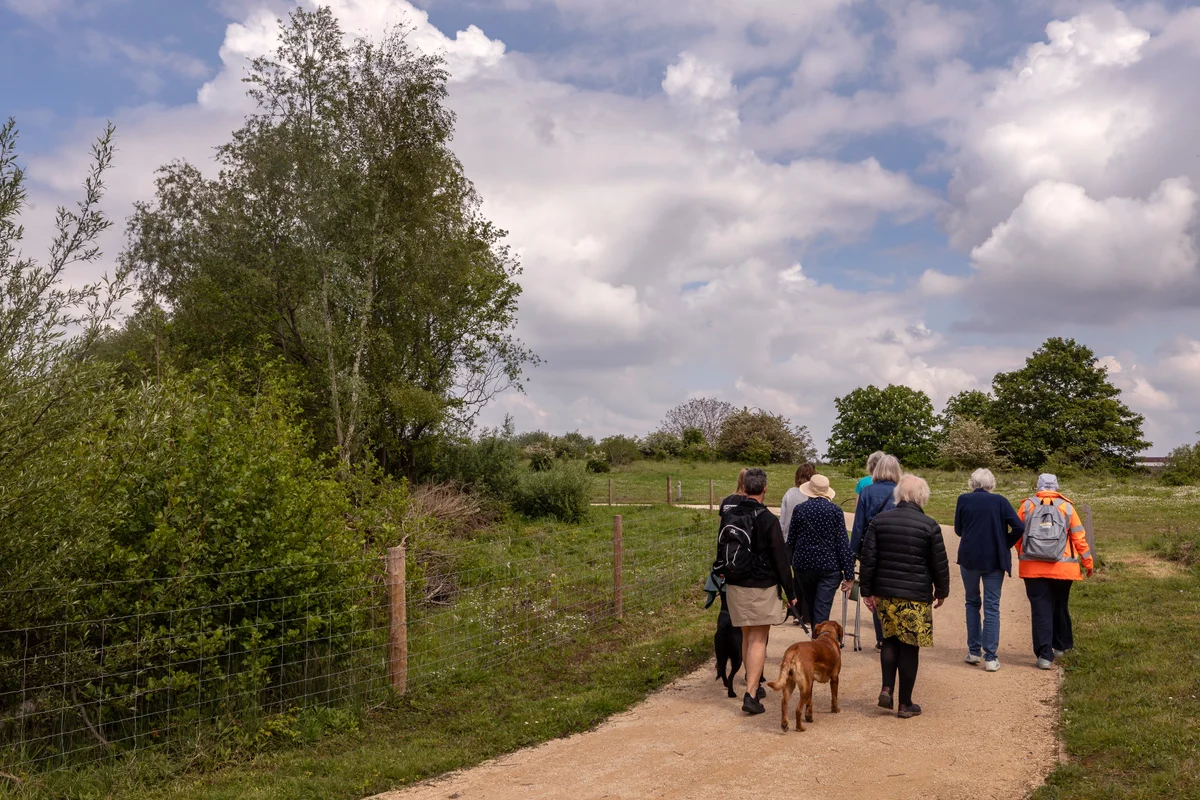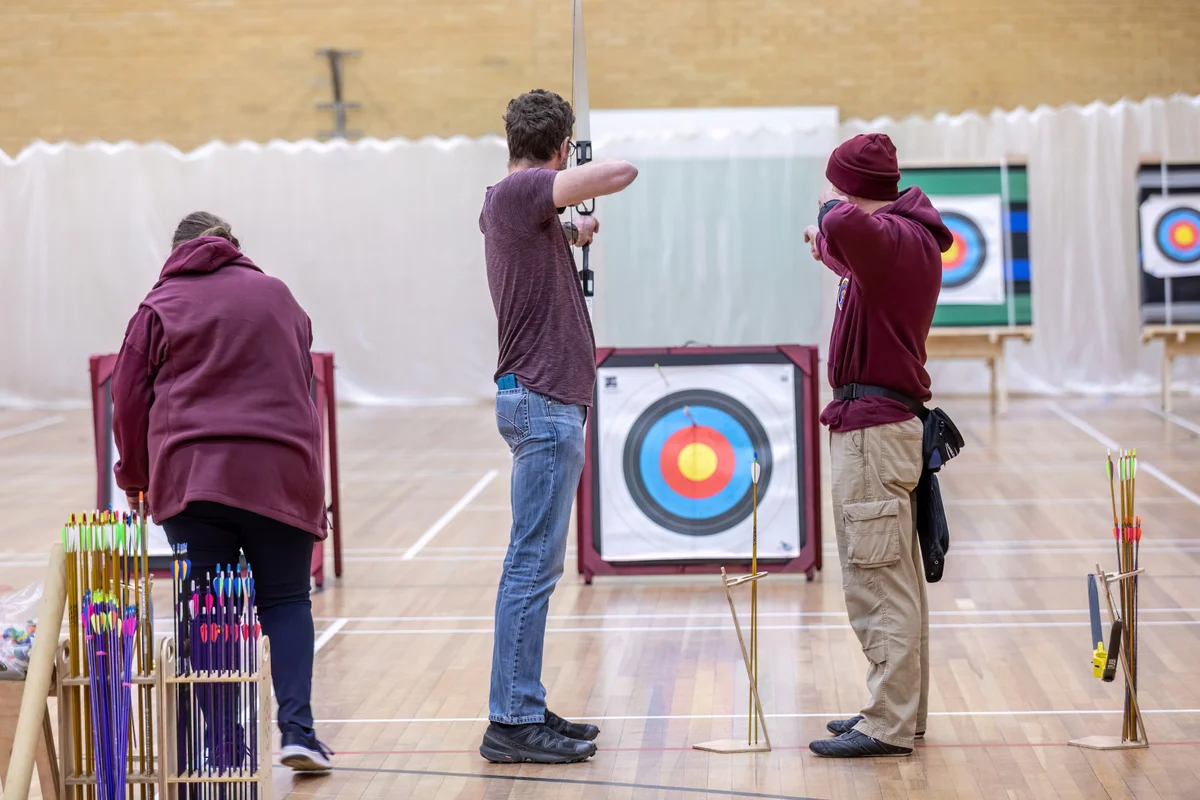The most recent installation, a large bespoke pollinator designed and created by Cambridgeshire-based Green Earth Habitats will create a home and shelter for a wide variety of creatures, identified by Waterbeach’s ecologists Bradley Murphy Design (BMD) through extensive ecological investigations. This includes solitary bees, lacewings, butterflies, moths, spiders, earwigs, beetles, woodlice, millipedes and ladybirds; all of which play a key role in fertilising flowers and plants within the wider environment.
The pollinator home, which has been created in the shape of the initials WB — the call sign for the former airfield — has been installed at the Sustainable Travel Hub.
This new feature, commissioned by master developer Urban&Civic, is made from local British cedar, sourced from managed forests in Oxfordshire. To ensure a minimal carbon footprint, Green Earth Habitats take delivery of the raw timber twice a year and then dry, mill and season it in a process that takes 2–4 months. The wood is then cut, steamed and stretched into shape — with offcuts used within the installation to ensure zero wastage. Most habitats created are 15cm deep to provide enough space for a solitary bee to lay 10–15 eggs in that cavity.
Different types of material cater for different pollinators. For example:
- Bamboo tubes/holes in logs are provided at different diameters to cater for pollinators of different shapes and sizes — for example flower bees, leafcutters and mason bees.
- Pinecones provide shelter for spiders and insects such as beetles, millipedes and earwigs.
- Straw provides a dry nest for pollinators such as lacewings.
- Holes in dried clay cob create an alternative habitat for solitary bees.
Designed with interactivity in mind, the tactile design includes sections that allow you to look inside to witness the lifecycle of these fascinating creatures and help harvest cocoons, which will then be put in a box and protected during the winter. Once hatched, they will be released in the area and fly back to the pollinator, to start the cycle all over again.
Rebecca Britton from Urban&Civic said: “Green Earth Habitats and BMD have created an amazing new home for pollinator species; a great place for visitors and new residents to interact with and see some of our hero species as they set up home. It’s also great to be able to reflect the history of the airfield as part of the entrance to the new community and demonstrate the vision for Waterbeach as a place for people and nature to co-exist. The feature is just one of many of the bird and bat boxes, hibernacula and bug hotels that are dotted around the woodlands and wildlife corridors, as part of our commitment to driving a significant net gain for nature within the development, and across our five key habitat areas.”
Find out more about Ecology at Waterbeach.
Green Earth Habitats and BMD have created an amazing new home for pollinator species; a great place for visitors and new residents to interact with and see some of our hero species as they set up home.



